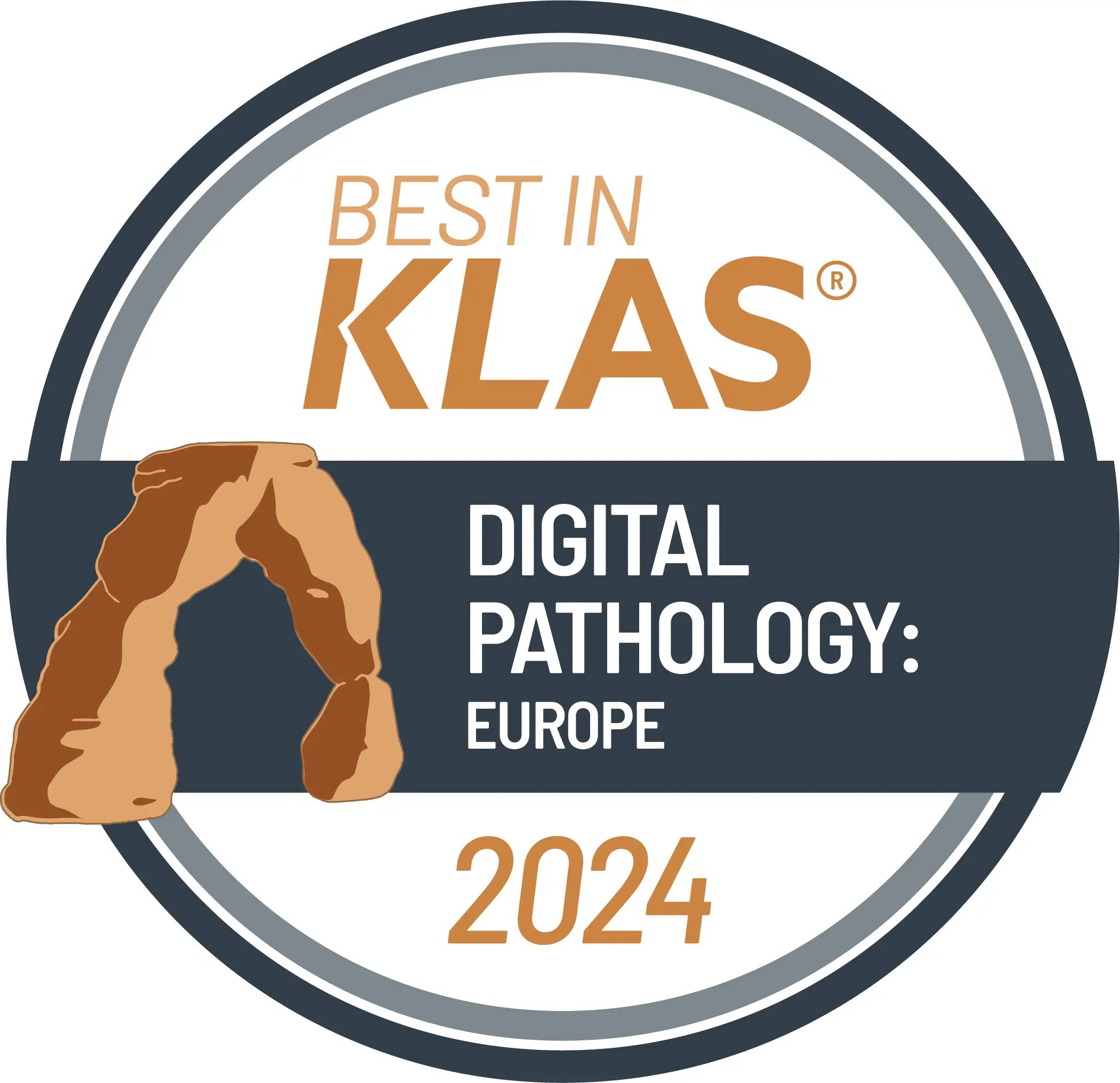The modern pathology laboratory operates in an interconnected environment where collaboration is essential. For multi-site organizations, ensuring a smooth flow of data and expertise can be complex. This is where a Pathology Image Management System (IMS) plays a key role, optimizing workflows and facilitating cooperation between laboratories.
Simplified Collaboration

Laboratories often face obstacles due to geographical dispersion, heterogeneous processes, and varying technological capabilities. An IMS serves as a bridge by centralizing image management, enabling fast and secure data sharing.
IMS solutions are scalable tools that allow for:
- Seamless integration of new laboratories: New sites can be integrated into the existing IMS with minimal disruption.
- Workflow adaptation to organizational needs: The system evolves alongside the organization’s requirements.
- Optimized management of data volume and users: Supports increasing data volume and user numbers as the organization grows.
Improving patient Care through real-time collaboration
Thanks to IMS, digital pathology is redefining expert communication, accelerating diagnoses, and improving accuracy.
Real-World Applications
- Simultaneous Reviews: Multiple pathologists can simultaneously examine the same digital slide, annotate it, and discuss findings in real time without needing to meet in person.
- Remote Consultations: Remote consultations become effortless. A pathologist can share a case or slide with a specialist from another laboratory and receive rapid feedback, facilitating second opinions.
At the core of these technological advances lies the ultimate goal: improving patient outcomes. The benefits for patients include:
- Faster diagnoses: Through workflow simplification.
- Increased accuracy: Collaborative analysis and second opinions lead to more reliable diagnoses.
- Enhanced access to specialist expertise: Improving the overall quality of care.

Automation & Process Optimization
IMS solutions replace manual workflows, reducing errors and delays.
Enhancing Work Processes:
- Automatic case assignment based on workload and specialization.
- Real-time tracking of case progress, ensuring nothing is overlooked.
- Notifications to alert users when an action is required, reducing downtime and improving turnaround times.
By streamlining these processes, IMS frees up time for staff to focus on more critical tasks. 
Centralize and Secure data Access
An IMS ensures that all images and associated data are stored in a single, secure location, accessible to pathologists from any site.
Key Features
- Shared access to images for efficient collaboration.
- Audit trails ensuring traceability and compliance.
- Standardized protocols to unify practices.
Security and Regulatory Compliance
IMS solutions incorporate robust measures to ensure data confidentiality and security.
Key Protection Mechanisms:
- Data encryption, both in transit and at rest.
- Role-based access controls for sensitive information.
- Compliance with global regulations such as HIPAA and GDPR, ensuring that data handling practices meet legal requirements.

Integration with other systems
An IMS does not operate in isolation; it integrates with existing IT tools (LIS, EMR, enterprise imaging solutions…), creating a comprehensive ecosystem. This integration ensures that all relevant data is available to pathologists and other healthcare professionals.
Benefits of Integration
- Unified viewer for all types of medical images, eliminating the need to switch between systems.
- Seamless data sharing between pathology and other departments (radiology, oncology).
- Advanced analysis tools supporting research and diagnostic innovation.
Challenges and Future Perspectives
Despite its many advantages, implementing an IMS comes with challenges:
- Interoperability: Ensuring smooth integration with existing systems, particularly LIS.
- Change management: Training staff and adapting workflows.
- Cost: Balancing the investment in technology with expected benefits.
The future of IMS looks promising, with the growing integration of artificial intelligence to automate tasks and refine diagnostics. Investing in a robust IMS means building a collaborative environment that fosters innovation and continuous improvement in patient care.

References
- Signify Research:
Pictures, Pixels, and PACS – The Future of IT in Digital Pathology
- Health Imaging:
Interest rising to connect pathology, other departments to enterprise imaging systems





.png?width=256&height=256&name=customer-service(1).png)



.png?width=64&height=64&name=calendrier(1).png)
.png?width=64&height=64&name=communique-de-presse(1).png)
.png?width=64&height=64&name=livre(1).png)
.png?width=64&height=64&name=blog(2).png)








